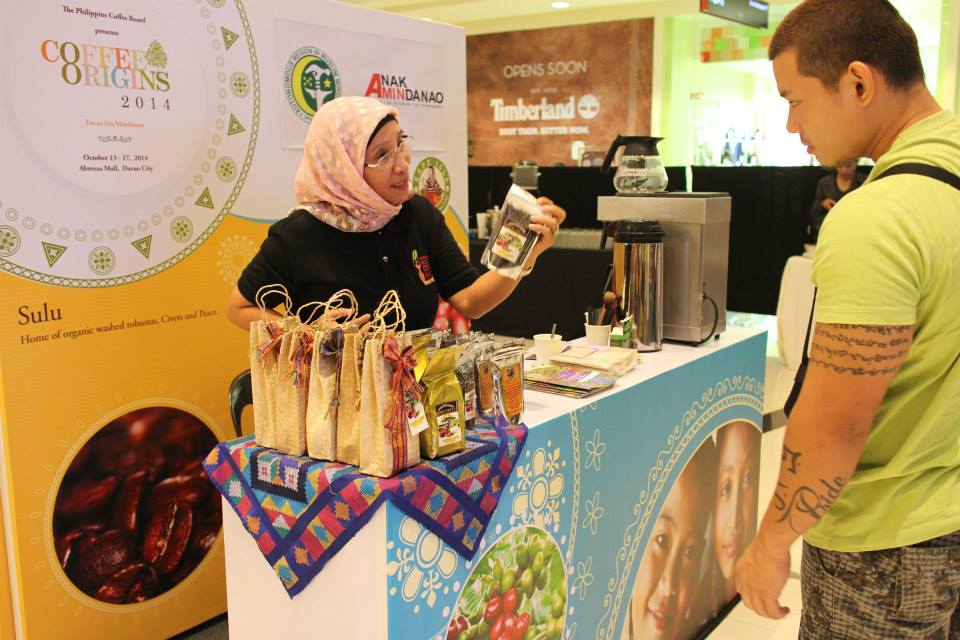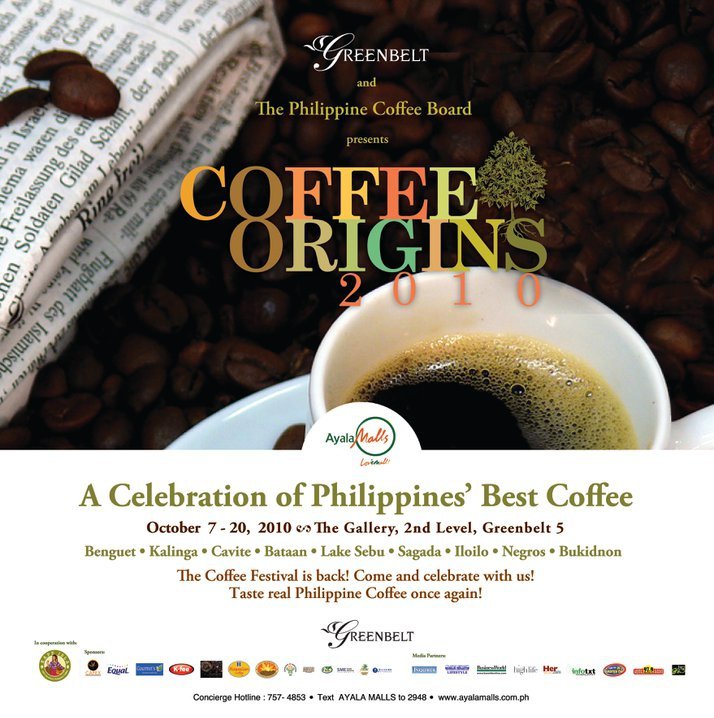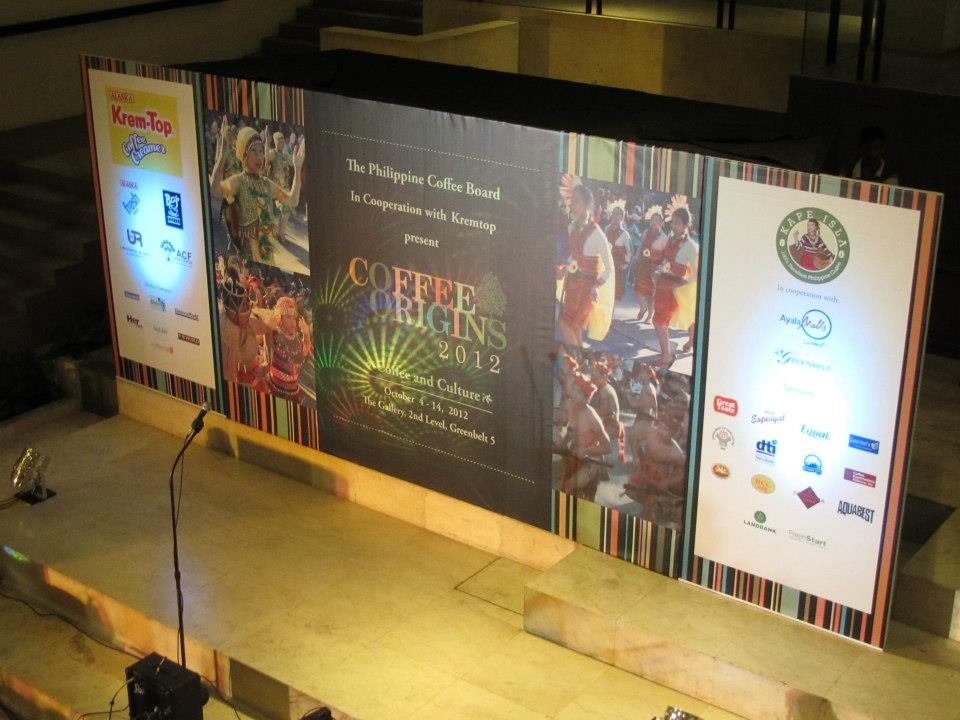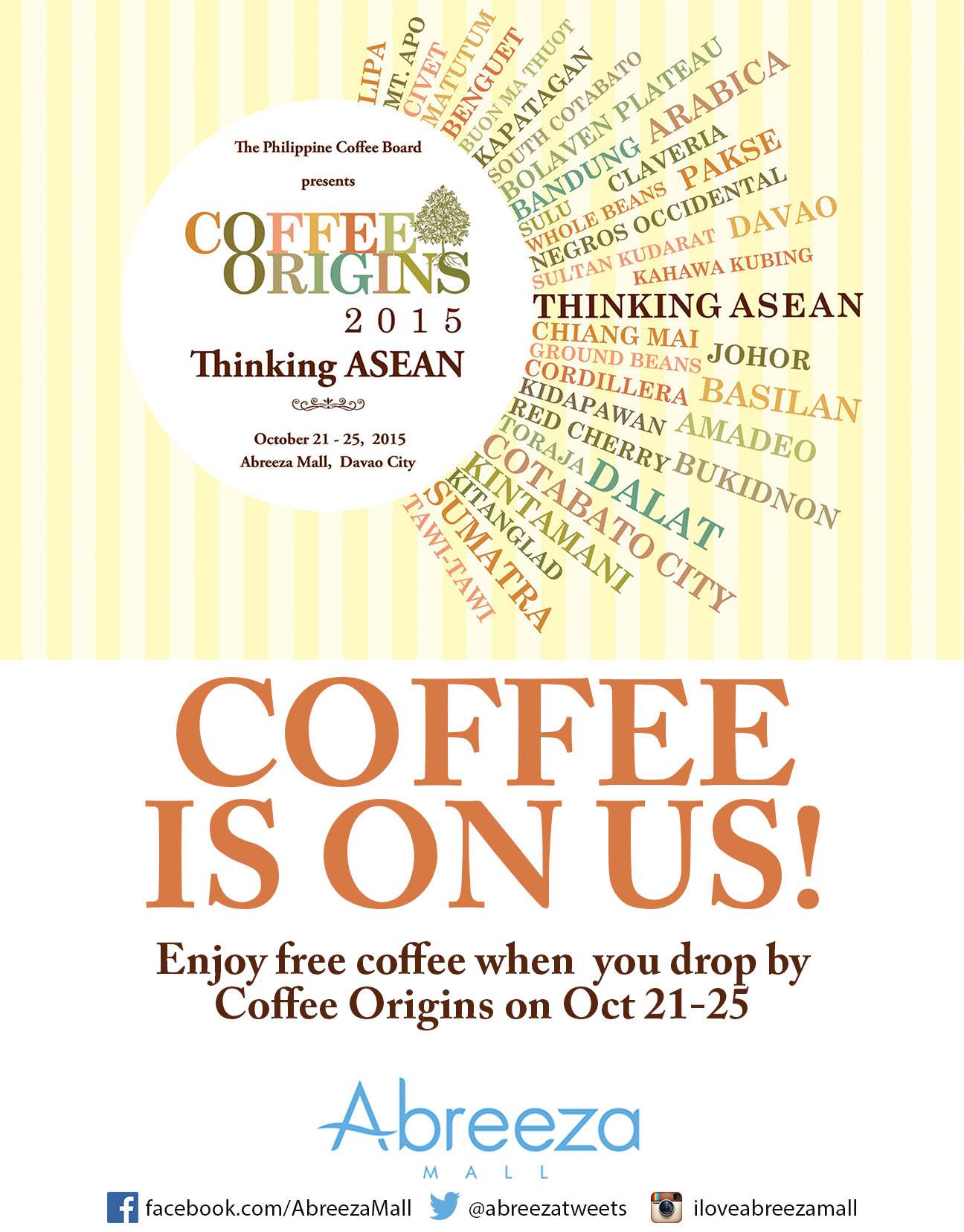The come-on is the free coffee, but Coffee Origins has always been about more than that. Since 2002, coffee aficionados have been looking forward to this multi-day coffee festival every October.

Originally named Coffee Break, it is the brainchild of the Philippine Coffee Board Inc. (PCBI) led by founding trustee and current director Guillermo “Bill” Luz.
He explains the impetus behind this event, “The first objective was to build up some brand awareness about Philippine coffee. Our other objective was to nudge consumer behavior towards specifying ‘Philippine coffee’ as opposed to just ordering ‘coffee.’ The concept was simple: offer free coffee in the mall, add entertainers to regale the crowd, and raise awareness for Philippine coffee.”
In 2008, Coffee Break evolved into Coffee Origins, with greater emphasis on where the coffee beans come from. Luz elaborates, “We moved into ‘Origins’ to show that Philippine coffee was being grown in different parts and elevations of the country, and each region had their specialties.” He adds, “The more that origin is in demand, the better it is for the farmers in that community. Increased demand can mean more jobs, more income, for a community. And if the farmers process the beans properly to maintain their quality, that means higher values for the community.”

Our intention was to build up demand in Philippine coffee so more people would go into coffee production.
Indeed, Coffee Origins has succeeded in raising awareness about Philippine coffee and its origins for the past 15 years. Luz shares, “the concept of Origins is now being better appreciated. More coffee retailers and cafés now indicate where their coffee is grown (e.g., Kitanglad, Matutum, Cordillera, Apo, etc.).

To better appreciate the Coffee Origins, Philippine Coffee Board was also the trailblazer in farm tours in cooperation with its Philippine Coffee Network
Today PCBI works tirelessly to build the Philippine coffee brand. But it has moved to a more “Seed to Shelf” or “Farm to Table” approach according to Luz. We are closely working at how to create nurseries for seed and seedling production because that is the starting point of coffee. Moreover, as production increases, people will need to learn more about how to process and mill their beans so they can get the best flavor and value of their beans.”
Written by Anne Marie “Nana” Ozaeta
This article was first published in The Ultimate Coffee Guide, 2017








